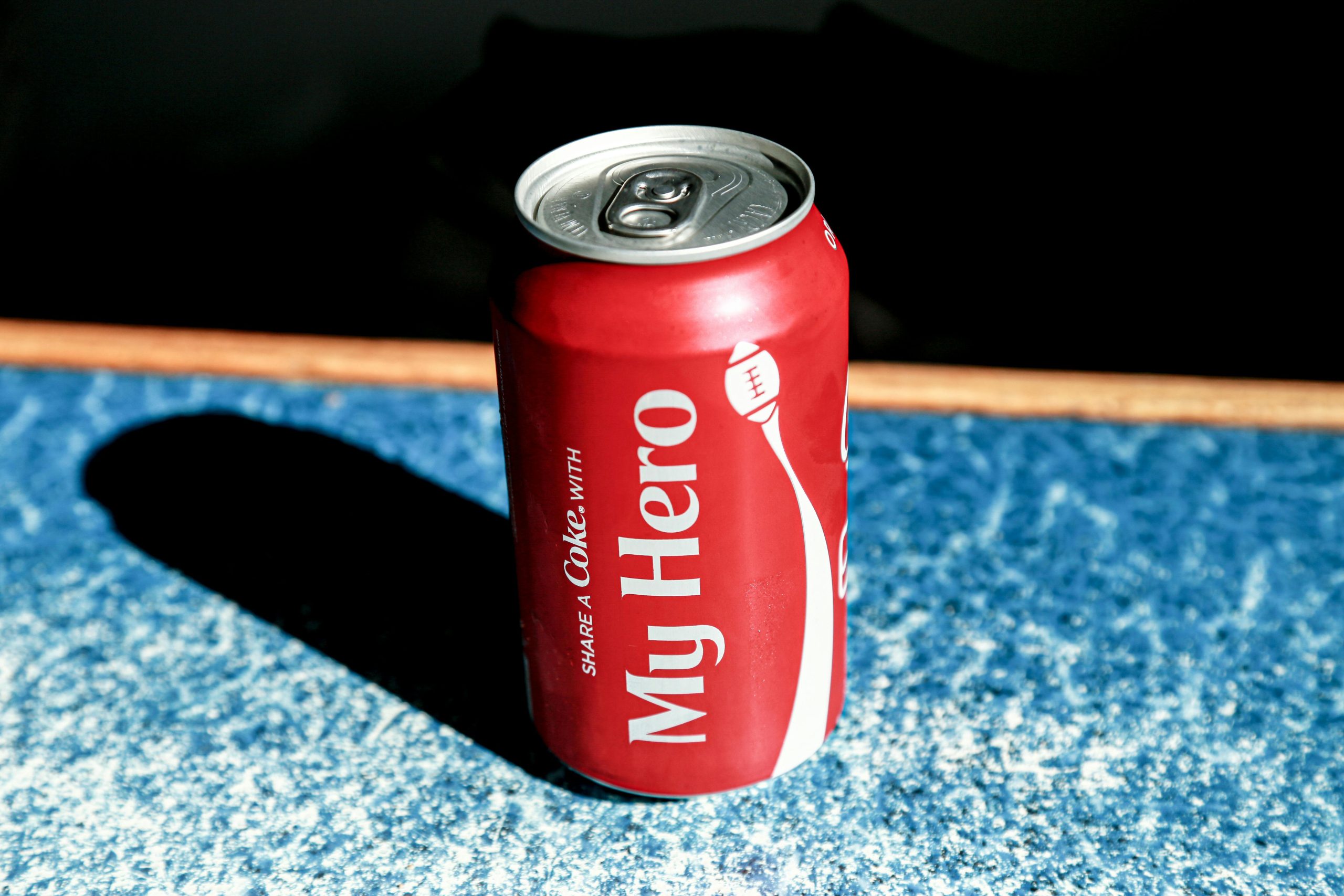“`markdown
Victim of Blackhat Tactic: Is My TechSEO Approach the Right Move to Prove/Remove It?
The Situation
I recently discovered that a client’s website is indexed for nearly 1,000 highly inappropriate keywords—specifically, those adult-themed keywords involving minors. I was shocked when I verified these indexed keywords using Ahrefs and saw they were linked to the homepage.
Steps I’ve Taken
- Checked for Hacks: I inspected the site for any signs of hacking that might explain these keywords. Result: nothing found.
- Looked for Hidden Text: I searched for any tiny fonts or white-text that could hide unwanted keywords. Result: nothing.
- Analyzed Links: I examined the site for ultra-spammy backlinks. According to SEMRush’s toxic report, nothing suspicious showed up.
My Suspicions and Next Steps
I suspect that the site might be a victim of Google Cloaking. My plan to address this issue is as follows:
- Access Google Search Console (GSC): I am obtaining access to their GSC after raising the issue.
- Use ‘Fetch As Google’: This tool will help me check page rendering from a Google IP Address. If cloaking is involved, these bad keywords should appear during this process.
Seeking Advice
Does my thought-process align with best practices, or is there something I might be overlooking? I’d appreciate any insights or ideas on why these keywords have been indexed for the domain.
Thank you for any pointers you can offer!
“`


2 responses to “Addressing Blackhat Tactics: Is My TechSEO Strategy Effective?”
It sounds like you’re dealing with a very tricky situation involving potentially harmful search indexing issues. Your concern about Google Cloaking is a valid hypothesis, especially given the symptoms you described. Let’s break down your approach and explore additional measures you could take to rectify the situation.
Steps You’ve Taken
Outcome: Found nothing suspicious.
Inspecting for Hidden Text:
Outcome: No issues found.
Analyzing Backlinks:
Next Steps and Considerations
Your Hypothesis: Google Cloaking
Cloaking occurs when there is a discrepancy between what users see and what search engines are shown. Here’s how you can pursue this:
Fetch as Google:
Review Server Logs:
Action: Compare what’s served to Googlebot IPs vs. normal user IPs to detect alterations.
Investigate CMS and Plugins for Vulnerabilities:
Action: Update all software components to the latest versions, and disable any non-essential or suspicious plugins.
Check for Duplicate Content with Nefarious Themes:
Action: Use Copyscape or other content duplication tools to identify external copies masquerading as part of your site.
Evaluate Content Quality and User-Generated Content:
Thank you for sharing this intriguing scenario—it certainly highlights the complexities we face in the realm of SEO today. Your methodical approach to diagnosing the issue is commendable, especially your thorough investigation into potential hacks and hidden text. It’s essential to rule out these common culprits first.
Given your suspicion that cloaking might be involved, I would also recommend considering the possibility of negative SEO tactics deliberately aimed at damaging your client’s reputation. Some competitors may resort to creating toxic backlinks or injecting their own malicious context to manipulate rankings or damage credibility.
Additionally, engaging in a deeper backlink audit using tools like Ahrefs or Moz could uncover potentially harmful links that weren’t flagged as toxic initially. Sometimes, a detailed review of the referring domains and their backlink profiles can reveal patterns revealing malicious intent.
As for next steps, besides accessing Google Search Console, I would recommend setting up alerts for any unusual activity on the site. Ensure that the website’s CMS and plugins are fully updated and consider implementing a more robust security plugin or configuration to safeguard against any future attacks.
Lastly, if these keywords cease to improve, submitting a reconsideration request to Google, detailing your findings and the actions taken may also help in restoring the site’s integrity. Keep us updated on how things unfold; it’s always valuable to learn from these insights!